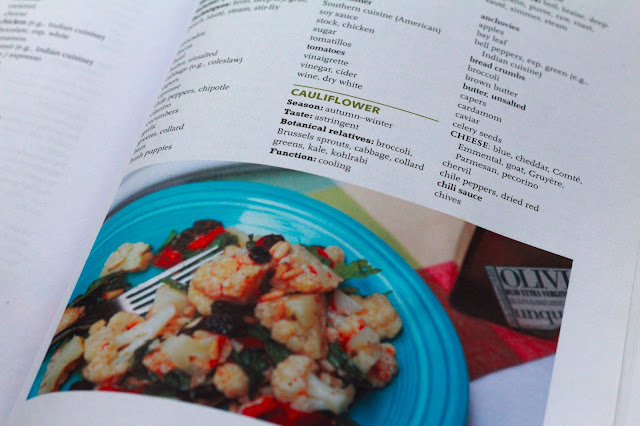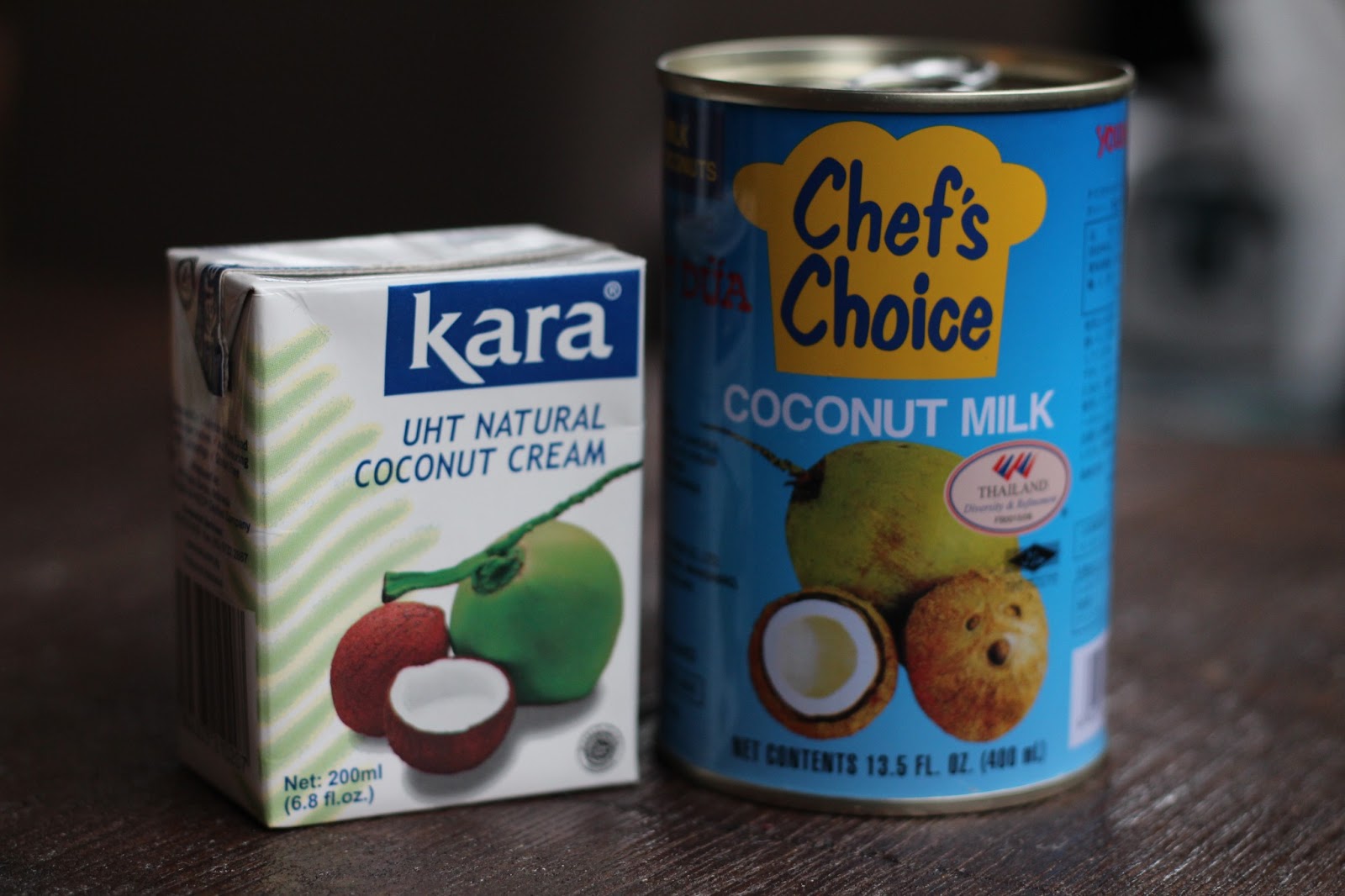Let’s start with a confession: I have a cookbook problem. Actually, it extends beyond cookbooks to food
magazines, websites and blogs.
What was the most difficult part of packing up our San
Francisco apartment and deciding what was going into storage v. what was going
on the boat to Japan? It was sifting through my dozens of cookbooks and
hundreds of food magazines. It was
impractical to bring all of it, so I had to make some cuts. A LOT of cuts. About half of the cookbooks stayed in
SF. And sadly, almost all of the
magazines were left behind. This was
tough. I am addicted to the glossy
spreads, the food porn, and the “what to eat in exotic location X” articles in
magazines. I had accumulated these
babies through years of subscriptions to Saveur, Bon Appetit, Food & Wine,
and my favorite, Gourmet (R.I.P. sniff, tear). They had each been lovingly devoured by
yours-truly, with dog-eared pages marking recipes that I wanted to try and
notes in the margins from the dishes I had tried. Hopefully they survive the stint in storage
though, and they’re waiting for me to return to the States!
I also have an expanding file folder with copies of hundreds
of recipes that I’ve found online. I’ve
gone “green” lately and organize new recipes on my computer rather than print
them out, but it’s much more difficult to cook from a recipe on a computer or
iPad than a piece of paper!
But as much as I obviously love recipes, I rarely follow
them. I use them as inspiration, as
guidelines. Sometimes it’s just doubling
the spices, or adding some pancetta, or removing the offensive eggplant. Other times it’s taking only the crust
portion of the galette recipe and replacing the filling completely.
That’s why my favorite “cookbook” isn’t actually a
cookbook. It’s a book that helps you
develop your own dishes and recipes. It
has an incredibly long title, so sit down for this one: The Flavor Bible: The Essential Guide to Culinary Creativity, Based on the Wisdom of America’s Most Imaginative Chefs.
We shall henceforth refer to it simply as The Flavor Bible, if you don't mind.
The book is divided into three parts. The first chapter introduces the reader to
some of the vocabulary the book uses, such as “mouthfeel” and it also delves
into the basic philosophies of some of America’s top restaurant chefs (real
ones, like Brad Farmerie of Public or Traci Des Jardins of Jardiniere. Not your Food Network made-for-TV "chefs."). The second chapter covers a range of topics
important in cooking and serving meals, such as seasonality and flavor pairings.
The third chapter is the one that I use primarily. It’s an impressively comprehensive dictionary
of ingredients, flavors, and types of cuisine.
But instead of having definitions, the entries have lists of ingredients
and flavors that pair well with it.
There are flavor affinities as well, which are tried and tested
combinations. The authors have
interviewed some of the most respected chefs in America to get their favorite
combinations, both traditional and unusual.
They also provide examples of their favorite dishes that include these
ingredients.
Does this sound like a lot of information? Let me give you an example. The other day, I had a head of cauliflower in
the fridge. I could have made a dish
that I’ve made in the past, but I wanted to try something different. So I went to the entry for “Cauliflower” and
scanned the list to see if I had any of the ingredients. Yes! Cumin and cilantro. I happened to have (and love) both. So I cut the cauliflower into florets, and
tossed them in harissa oil, cumin, salt and pepper. I roasted them and topped them with chopped
cilantro. It was fantastic, and there
was no real “recipe” involved.
Under the same listing, there are 8 flavor affinities. My favorite is cauliflower + bread crumbs + brown butter + parsley. And the contributing chefs
add a few dishes that they love to make.
Holly Smith lists cauliflower with pine nuts and lime supremes. Daniel Boulud makes a dish with raisins,
butter and capers. See how many ideas
you can get by just by looking up one ingredient?
I love to sit down with a cup of tea and a notebook, pull out The Flavor Bible, and plan dinner. It gives me inspiration when I'm stuck. It gives me the confidence to try new dishes and flavors. And that's why it's my favorite "cookbook!"


















































